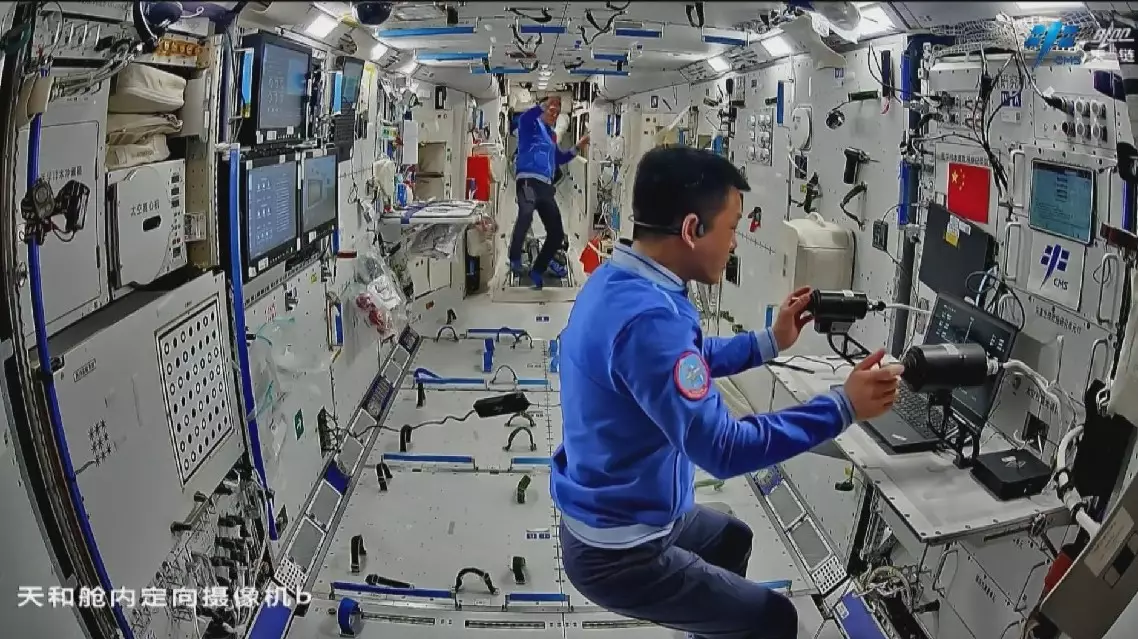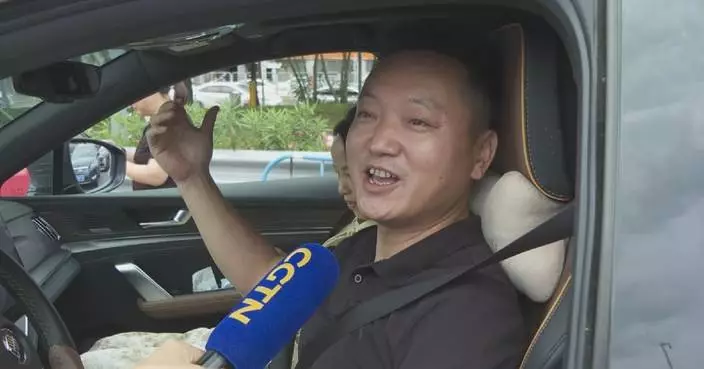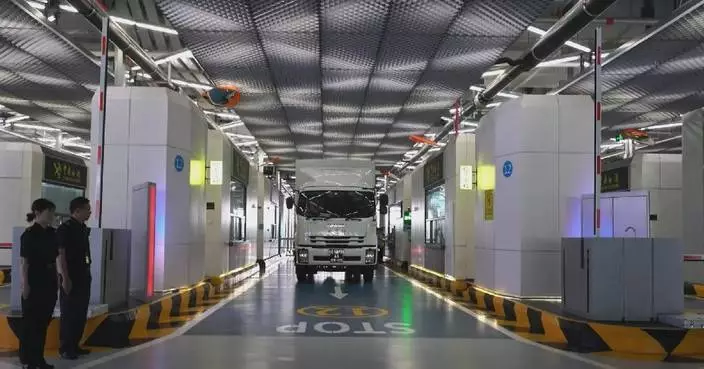Zhang Ji, 55, who suffers charcot-marie-tooth disease, has traveled 82,000 kilometers on his wheelchair in the past six years visiting Red-themed historical sites nationwide, gaining spiritual strength from revolutionary legacy there.
As a shutterbug, Zhang has to grip his camera with both hands, sometimes with the support of nose and chin because of muscle weakness, and use the middle finger of the right hand, the only finger that has some strength, to press the shutter.
In 2017, Zhang, accompanied by his wife, decided to begin his journey of revolutionary historical sites.
"I have been very interested in history, and for instance, at the sight of the Red-themed venues, I'd like to pay a visit to them and learn the historical events happening there. I was caught up with an idea about touring around the country to look for the revolutionary legacy. In Yan'an, I purposely slept on the heated brick bed, or 'Kang' called by locals, and it was inconceivable how could people fight in such harsh conditions. With such a complex, you can face squarely up to many difficulties," said Zhang.
But touring to the far-flung revolutionary sites is not easy for Zhang. Memorial halls and museums located in cities usually have relatively well-placed barrier-free access, but some revolutionary relics and former revolutionary sites in remote areas are not that friendly to wheelchair persons due to lack of necessary facilities.
"Some memorial halls are located in mountainous areas that are less populated. You can hardly see any people while driving. It's inconvenient for wheelchairs to move around, especially when there are steep slops," said Zhang Xinyu, his wife.
Difficulties along the journey did not daunt Zhang Ji and his wife. He said that one should not stop exploring and moving forward just because of difficulties and fear.
"If I make my mind to do something, I'll do it just as well as the healthy people do. As long as my physiological functions allow and there are auxiliary facilities or someone would like to help me, I will go for a try. There are more solutions than difficulties. I love my life and all the beautiful things around me. No matter how the circumstances change, you can always enjoy it," he said.
In the past six years, Zhang has visited 450 revolutionary sites in 29 provinces, autonomous regions and cities across the country, and has taken more than 40,000 photos of them. He selected nearly 500 photos and piled them into a revolutionary tourism book entitled "My Red Odyssey."
"It will make you happy whenever you climb out from a valley or overcome a difficulty. For me, the great happiness is being well-read and traveling a lot," he said.

Wheelchair person gets spiritual inspiration by visiting Red-themed relics









